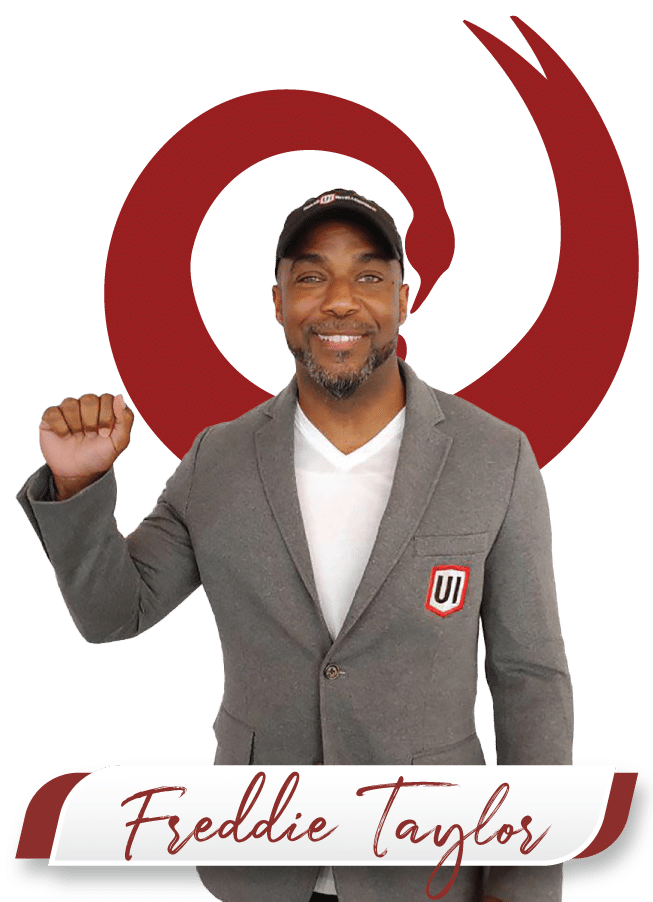The Civil Rights Movement paved the way for many African Americans to gain social justice rights in the United States. The movement began in the 1950s and at its peak ran into the late 1960s. Within the span of two decades, many blacks and whites marched and protested the unfair treatment that blacks were receiving in America. Many notorious black civil rights leaders which included Malcolm X, Rosa Parks, and Martin Luther King Jr, were at the helm of this movement.

In addition to these civil rights leaders, many organizations had a substantial part to play in the Civil Rights Movement. One such organization was the Student Nonviolent Coordinating Committee (SNCC). The SNCC established in May 1960 by the first group of young black students that sat in protest of unjust social issues. Inspired by the Greensboro and Nashville sit-ins, young black students, headed by Ella Baker a director of the Southern Christian Leadership Conference (SCLC), saw this as an opportunity for their voices to be heard. SNCC’s purpose was to rally within a wide variety of communities, advocating for change. Ella Baker also believed that the SCLC, organized by Martin Luther King Jr., was disconnected from the black youth. Despite King’s desire for the SNCC to become the youth arm of the SCLC, the SNCC remained completely independent of the SCLC, which included arranging their own events and projects. Due to this, Ella Baker lost her position as a director of the SCLC, which she had a role in establishing.
Other well-known and important leaders who participated in the organizing and building of SNCC include Stokely Carmichael, Charles F. McDew, J. Charles Jones, Julian Bond, Diane Nash, James Lawson, John Lewis, and Marion Barry. Each played a critical role in mobilizing students from Howard University, Fisk University, department stores in Charlotte, North Carolina, and the Nashville Student Movement among others.
SNCC duties were immense during the civil rights movement. In 1961, SNCC in one of its first acts, played a critical role in organizing the “Freedom Rides”, which was the fight against segregation on public transportation. Unfortunately, the organizers and protestors met violent resistance from the Ku Klux Klan and other whites who led to their attack. After the Freedom Rides, Bob Moses, an active participant of the SNCC, initiated voter registration program to increase the number of black voters. In August 1963, at the March on Washington for Jobs and Freedom, Ray Lewis, the current chairman of SNCC at that time, was expected to deliver a speech. He criticized John F. Kennedy and described the president’s civil rights bill as "too little, too late. In 1966, the former president of the SNCC, Stokely Carmichael, promoted the term, ‘Black Power’;. He also outlined the need for blacks to adopt self-reliance within the community and that, at times, violence is a suitable option when it comes to self-defense.
In April 1968, after Dr. Martin Luther King Jr was assassinated, there was an uprising within the black community. However, the SNCC was unable to rally in protest. Over time, several leaders left the organization and its name later changed to the Student National Coordinating Committee. A lasting impact of SNCC was that their ideas and principles have been adapted into the African American community.



0 Comments